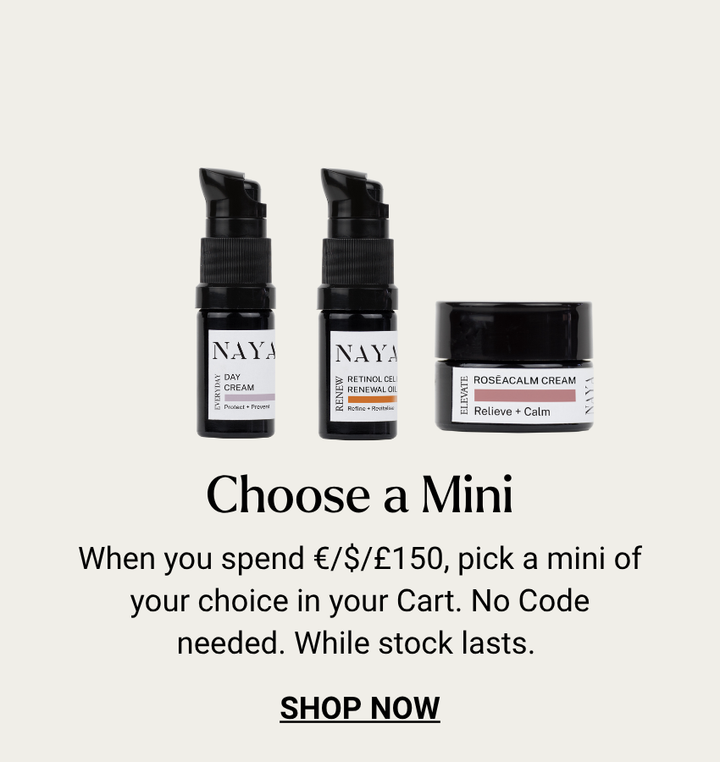Anti-Pollution – The Urban Skin Phenomena
The Urban Skin Phenomena
Life in the big city
Life in a Metropole like New York, Singapore, Shanghai or London is an exciting and exhilarating feeling. You are at the center of innovation, drive and inspiring people. Things are at your fingertips and you are never far away from an adrenaline filled adventure. Thus, it is no surprise that the sheer excitement and the variety a metropolitan life has to offer, results in attracting people to move to the city. Consequently, the segment of ‘city dwellers’ continues to grow. Today, 55% of the world’s population lives in urban areas, a proportion that is expected to increase to 68% by 2050. (UN 2018)
Air Pollution a Public Health Emergency
While a city life has its advantages, the concentration of humans in one place, therefore expanding cities and increasing urbanisation brings its disadvantage. For example, ever-rising levels of air pollution. The world health organisation (WHO) has declared global air pollution a “public health” emergency. (Who, 2016) More than 80% of people living in cities that monitor air quality levels do not comply with WHO air quality standards. (WHO, 2016)
Cars – our biggest enemies?
Cars release approx. 333 million tons of carbon dioxide into the atmosphere annually. This is 20% of the world’s total, according to the Environmental Defense Fund (Allen, 2013). Motor vehicles also contribute 72% of the nitrogen oxides and 52% of reactive hydrocarbons. Moreover, newspaper headlines globally express their concerns about the unsafe emissions and thousands of people die of toxic air prematurely (Allen, 2013).
In addition, to the worries of the air we breath, a growing number of consumers living in urban areas notice a change in their skin. The pollution is not only affecting their overall health but also their skin. The evidence can be seen easily, after using a clean white cleansing pad to wash off the grim after a day out in the city.
The mitochondria in our skin
In addition to the pollution in the air, it is also the in-door stress of exposing our skin to the air conditioning and moreover our hectic lifestyle. Resulting in a slowdown of skin cell turnover, causing it to become dull and excessively dry due to increased oxidative stress. The mitochondria are going in over-drive not physically able to cope with the demand. Mitochondria are cellular organelles that produce 90% of the organism’s energy. (Mitochondrial Bilogy Unit, 2018) They are vital to our organism and require ATP to perform their function of maintaining our cellular activity. When we are exposed to too much environmental stressor, this ultimately turns into reactive oxidative stress (ROS). And ROS attacks the mitochondria and initiate a harmful feedback loop destroying one mitochondria after another. (Burton, 2011) As a result, mitochondria ATP production and cellular levels decline, and production of toxins increase.
The challenges for the ‘urban skin’
In 2008, a multi-center study found that high air pollution levels negatively impact the skin’s natural hydration. And consumers in urban environments were more likely to complain about dry and sensitive skin.
The ‘urban skin’ phenomenon, as it is known, is the number one consumer skincare concern worldwide.
The Urban Skin Phenomena is here to stay. Thus it is increasingly important to understand what our skin needs are to adopt our skin care routine to support our skin from the environmental changes that we are experience and the adjustments to our lifestyle. A skincare routine high in antioxidant can protect and regenerate our skin to maintain its healthy look. Our ingredients were carefully selected and the combination of Deserticola and Schisandra provide a perfect Defence Shield against pollution.
Asia
In North Asia, annual mean concentrations of fine particulate matter in urban areas reached 61.8 in China and 27.9 in South Korea in 2015. It is not surprising that consumer research institutions found that 75% of Chinese women are concerned about dry skin. And 44% of women in the region are adding more to their skincare regimes in the quest battling dry skin.
America
According to the American Lung Association more than 125 Americans live in counties with unhealthy levels of air pollution. 53% of American women believe their skin to be dry, and 39% of women and 20% of men currently use a moisturiser to protect their skin.
Europe
Even in Europe, where cities generally enjoy better air quality, you find areas that significantly exceed levels of fine air particulate matter. As an outcome, European consumers think more about the implications on their skin and become aware of taking protective measures. According to recent research, 56% of British women believe they need to protect their skin from pollution. And 45% of Spanish consumers would like to learn more.
Urban Skin
There is a clear potential for the beauty industry to use their knowledge into a wider good. And provide solutions for people affected by increased air pollution. Products that target problem areas and act quickly to provide intense hydration, are likely to be very popular. With both women and men suffering from the urban skin condition.
Urban skin dehydration – a global challenge for all skin types
Dry skin can effect people on various levels wherever they are in the world. For example, sore and irritated facial skin is not only physically uncomfortable. In addition, it can also be embarrassing and affect confidence. Dull and tired looking skin can be emotionally draining. And a feeling that the skin is under attack from the environment can cause a feeling of vulnerability and concerns about skin health and protection.
Hydration – the best Defence for urban skin
When the skin is adequately hydrated, it feels more comfortable, enhancing your general sense of well-being. Thus you are ready to face the high and lows of vibrant city life. Dry skin lacks water in the upper scaly layers. Whilst the underlying layers are normally hydrated by the skin’s natural internal moisturising mechanism. Resolving dry skin is not just about having enough moisture. It’s about directing moisture to where it is most needed. And ultimately strengthening the skin’s natural defences to prevent further dehydration.
Deserticola
Unlike other ingredients, Deserticola connects perfectly with the skin’s surface layers and does not easily wash off. Therefore, allowing to lock in moisture like a magnet and boosting the skin’s own hydration power. Deserticola is a green micro algae found in the desert – severe circumstance with the excessive Heat, UV, and insufficient water. With the ideal extraction from this source, Desertica supports DNA repair process for Anti-UV, Anti-Heat, and Anti-Dryness functions. This cryptic species was found in 2004, and many studies are fascinated by its secret of its strong vital power: Moisturizing & recovery from UV damage. Suitable for all ethnicities, it brings tired, dry skin back to life in the long-/ and short-term. As well as being supported by clinical data, Deserticola is 100% plant-derived, preservative-free, vegan and cruelty free.
Schisandra
Schisandra is a natural oil-soluble extract of Chinese berry grape. Schisandra is antioxidant and protects against environmental pollution. Our CO2 extracted bioactive has shown Anti-Pollution effects making it a complementary partner of our Desertica to regenerate the stressed skin from pollution. The extract provides more cellular energy and boosts protein synthesis, i.a. Collagen XVII, an important molecule of the dermo-epidermal junction (DEJ) responsible for the cohesion and tension between the dermis and the epidermis.
Antioxidant Defence Booster
You can find Desertica in our Skin Boosting Range with our first product being the Defence Skin Booster rich in Vitamin C, B3, Schisandra and Green Algae to regenerate your skin after a day out in the city. Use it in combination with our Everyday Glow Serum, to bring your skin back to life and give back your natural glow.
Reference
United Nations, Department of Economic and Social Affairs, 2018, “Revision of world urbanisation Prospects”. Online.
World Health Organisation, 2016, “WHO Global Urban Ambient Air Pollution Database”. Online.
Allen, Dr. S.J., (2013), “Environmental Defense Fund backs ‘carbon pollution’ controls rooted in pseudoscience and deception”. Capital Research Center. Online.
MRC Mitochondrial Biology Unit, (2018), “What are Mitochondria”. Online.
Burton, G., J., Jauniaux, E., (2011), “Oxidative stress”. Best Pract Res Clin Obstet Gynaecol. 2011 Jun; 25(3): 287–299.











Leave a comment